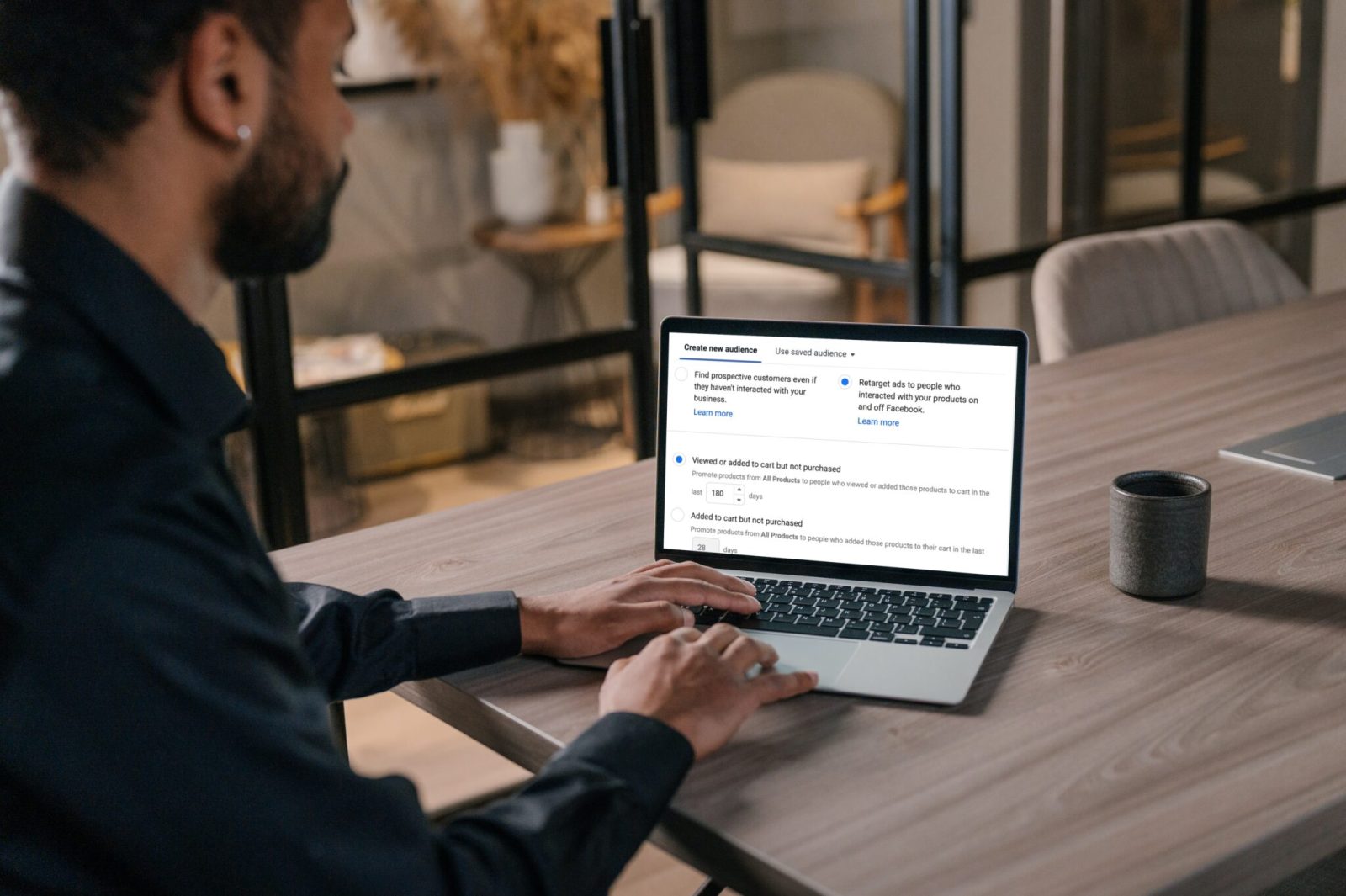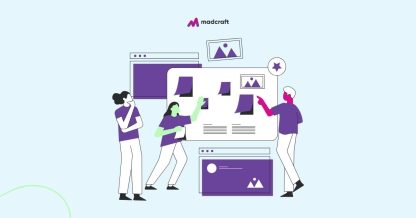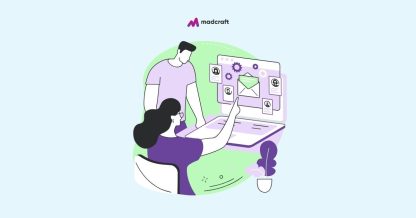There is always room for improvement, and you can never go wrong with testing. A/B testing is a powerful part of an eCommerce strategy that allows you to try out different options for improving the customer experience. Using analytics linked to your site can guide you to making a better customer experience which in turn helps increase sales and customer loyalty.











